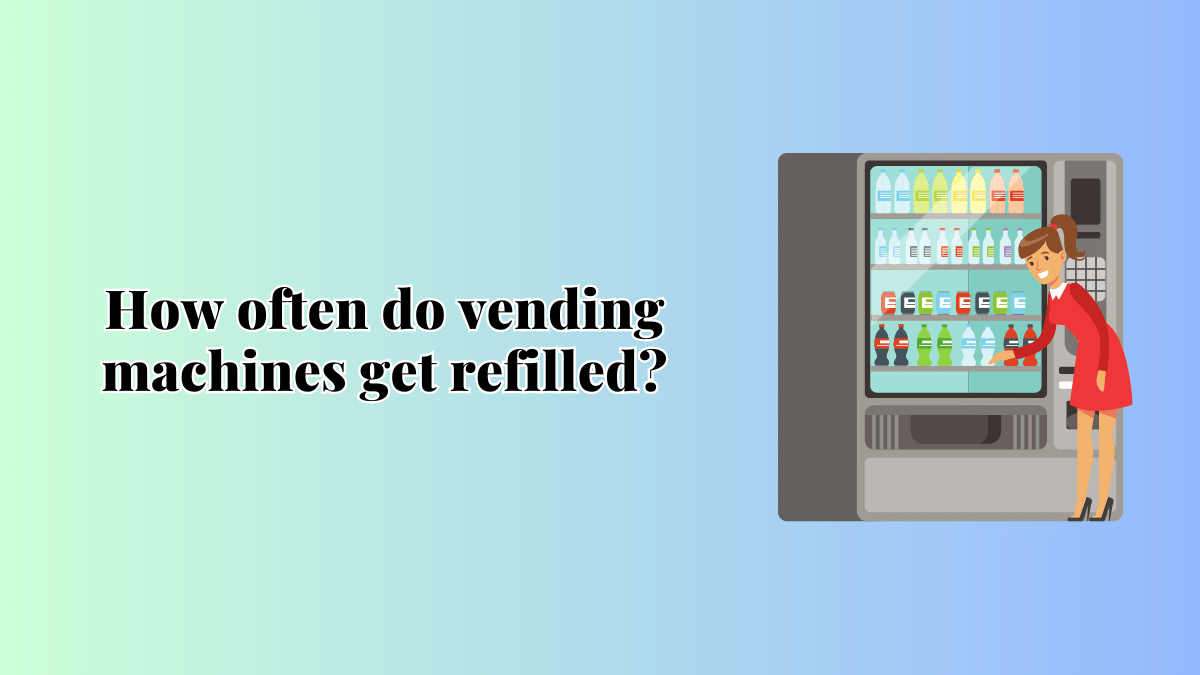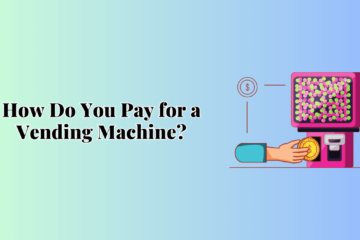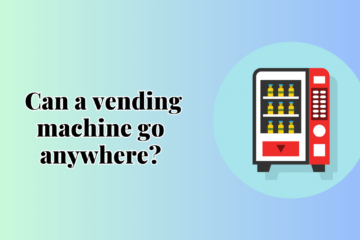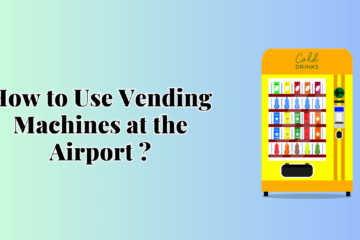Vending machines have become an integral part of modern life, providing convenient access to snacks, beverages, and various products. But have you ever wondered how often these machines are restocked to ensure they are always ready to serve you? In this article, we’ll dive into the details of how often vending machines get refilled, shedding light on the factors that influence the refill frequency. From understanding the demand patterns to the logistics behind vending machine refills, we’ve got you covered. So, let’s explore the fascinating world of vending machine replenishment.
How Often Do Vending Machines Get Refilled?
To comprehend the frequency of vending machine refills, several essential aspects must be taken into account. Let’s delve into the factors that determine the replenishment schedule of vending machines:
1. Location Density and Foot Traffic
Vending machine refill frequency heavily relies on the location’s density and foot traffic. High-traffic areas like busy shopping malls, train stations, and airports demand more frequent refills compared to less-crowded places. In densely populated regions, vending machines might require daily restocking to meet the constant demand.
2. Product Demand and Popularity
The popularity of products available in vending machines plays a significant role in determining the refill frequency. Items with high demand, such as popular snacks and beverages, will need more frequent restocking to avoid depletion. Vending operators analyze sales data and customer preferences to optimize the product mix and ensure timely refills.
3. Time of Day and Seasonal Variations
The time of day and seasonal fluctuations can also impact refill schedules. For example, vending machines located near offices might experience higher traffic during lunch hours, necessitating more frequent refills during that time. Similarly, seasonal variations, such as increased demand for cold drinks during summers, will affect the refill frequency.
4. Vending Machine Capacity
The capacity of the vending machine itself determines how often it needs to be refilled. Larger machines can hold more products, allowing for longer intervals between refills. On the other hand, smaller machines with limited storage might require refills multiple times a day.
5. Monitoring and Technology
Advancements in vending machine technology have introduced smart solutions that enable real-time monitoring. Vending operators can track inventory levels remotely and receive alerts when products run low. This data-driven approach optimizes refill schedules, ensuring machines are restocked before they run out of popular items.
6. Route Efficiency and Logistics
Efficient logistics and well-planned routes play a crucial role in the timely refill of vending machines. Vending operators often optimize their routes to minimize travel time between locations, making sure each machine receives the necessary restocks.
7. Operator Management and Maintenance
The proficiency of vending machine operators in managing and maintaining their machines impacts refill schedules. Regular maintenance checks help identify technical issues or malfunctions that could lead to stockouts, prompting timely refills and preventing customer dissatisfaction.
8. Payment and Cashless Transactions
The payment system used in vending machines also influences refill frequency. Cashless transactions and mobile payment methods have gained popularity, making transactions faster and reducing the need for frequent cash collection and refills.
9. Environmental and Sustainable Initiatives
With an increasing focus on sustainability, some vending operators adopt eco-friendly practices. They might stock products with recyclable packaging or promote initiatives that reduce waste. This approach can also influence refill schedules as operators aim to strike a balance between customer demand and environmental consciousness.
10. Demand Forecasting and Predictive Analytics
Incorporating demand forecasting and predictive analytics can be a game-changer for vending machine operators. By analyzing historical data, seasonal trends, and other relevant factors, operators can make data-driven decisions, optimizing refill schedules for maximum efficiency.
FAQs
Q: How often are vending machines refilled in high-traffic locations?
A: Vending machines in high-traffic locations are usually refilled daily or multiple times a day to meet the constant demand.
Q: Do all vending machines get refilled with the same frequency?
A: No, refill frequency varies based on factors like location density, product demand, and vending machine capacity.
Q: How do vending operators track inventory levels?
A: Many vending machines now employ smart technology to monitor inventory levels and send real-time alerts when refills are needed.
Q: Can vending machine refill schedules be optimized?
A: Yes, data-driven approaches, including demand forecasting and predictive analytics, enable operators to optimize refill schedules for maximum efficiency.
Q: Are there any sustainable practices in vending machine refills?
A: Some vending operators embrace eco-friendly practices, like stocking products with recyclable packaging, to align with environmental initiatives.
Q: How does the payment system affect refill frequency?
A: Cashless transactions and mobile payments have streamlined transactions, reducing the need for frequent cash collection and refills.
Conclusion
Understanding the intricacies of how often vending machines get refilled is crucial for both consumers and vending operators. Factors like location density, product demand, and technological advancements significantly impact refill schedules. By adopting data-driven strategies and embracing sustainable practices, vending operators can ensure their machines are always stocked with the products customers desire. So, the next time you grab a snack or drink from a vending machine, you’ll have a better appreciation for the behind-the-scenes efforts to keep those machines well-stocked and ready to serve.




